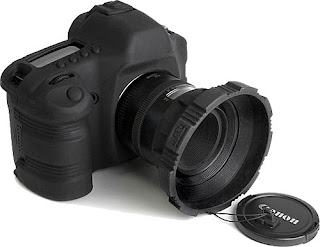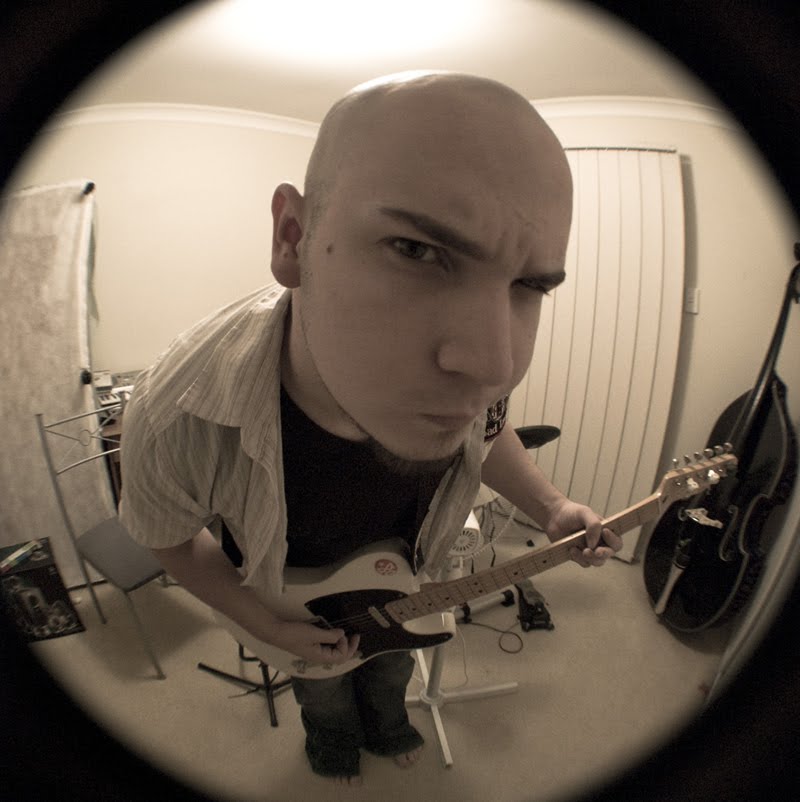Start up time - If you are going to be shooting celebrities at their worst then this one is going to be VERY important to you. Different cameras start up at different speeds. I have always been impressed with the start up speed of the D60 despite the integrated cleaning system. You see, when my camera starts up the low pass filter vibrates to shake off any dust that may have settled on it to ensure clean crisp pictures. It also does this when I turn it off. And if you are interested, it also has a little air blowing system that directs dust away from the sensor. Fancy huh? I can’t say that I personally have been in too many situations where I have wanted to grab my camera and shoot pictures as quick as I could, but if you are going to be shooting sports or paparazzi style then this should be something you look up, as well as the FPS rate.
FPS - or “Frames Per Second” is how many pictures you can take in one second. Makes sense huh? The D60 takes 3 frames per second which works for me but there are faster ones out there. What you need here will again depend on what you want to shoot. If you want to shoot action you’ll need something faster than if you want to do landscapes.
Pixels - Some people will say “mine has more pixels, mine’s better!” but in some cases that’s just not true. If you have an APS-C sensor in two cameras, one with 12mp (mega pixels) and the other has something crazy like 30mp, the sensor size is the same and you are trying to squeeze much more information into the same sized space, so the information is going to spill into the surrounding pixels and this is called “Blooming”. Not good. Because of this I wouldn’t base which camera I got off of which had the most pixels, but instead have a look at the quality f the pictures produced. There are plenty of websites that review specific cameras and it wont be hard to find sample shots.

Here is an example of blooming. It's not a great example because my camera controls bloom quite well, but you can see the light around the computer screen spilling into the surrounding pixels, creating a slight glow.
Buffer Time - Something to take into consideration when talking about shooting rate is the buffer rate or how long it can keep up the pace. DSLRs can shoot in different formats. In different cameras there are different options so I’ll stick with mine. I can shoot in three different JPEG formats; Basic (0.6mb) Norm (1.0mb) and Fine (1.9mb). Then there is the RAW format that is basically like a digital negative and allows for much more freedom in post-production, but takes up much more size (11mb). Then after that there is RAW+Basic which does exactly what it says, capturing the image in two files, one RAW and one basic JPEG (13mb). Larger files take longer to save to a memory card and while your camera is trying to save the files it can’t take more photos so you need to find a happy medium for the speed you need.
Durability - This isn’t just about how high you can drop the camera from without snapping it, it’s also how well it is protected from the elements like rain and dust. Someone who is going to be doing photo-journalism and taking pictures in deserts and war zones will really need to think about this, but also people like me who want to take photos at gigs. Think about all the arms and legs flailing about, as well as the beer and cigarettes flying about in the air. The do make element proof cameras, but this will add to the weight. Keep in mind that you can buy water and weather proof covers.

Battery expansion packs - If you are planning on photographing sporting events or even fashion events, you are going to need to have your camera on for long periods of time. Camera battery life is usually measured in exposures. But even if it has a shorter than average battery life, you can get battery expansion packs and some of them even have memory card expansions packs built in with them.

A Sony battery pack. Notice the extra buttons? Many battery expansion packs will also have controls such as another shutter release on them in odd places, until you go to shoot in portrait and find that it is just amazingly convenient.
Other features - there are heaps of other features that might help you decided upon which camera you want to buy. Some of these are like “Auto Image Bracketing” which takes three photos with you release the shutter; one over exposed, one under and one perfectly exposed and you can set the exposure increments of these. This is a feature I wish I knew about before I bought my camera because mine doesn’t have it and it makes taking HDR photos sooooo much easier. Once again, another post for another day. Then there is in-camera photo editing and things like the ability to take your photos and turn them into a stop motion movie, or even being able to shoot HD movies. After that there is the capability to release the shutter remotely, via cable or a remote, and some remotes can control different functions on the camera, depending on the model. Some camera models even support Eye-fi cards, which are memory cards that can wirelessly transmit your pictures to your computer and/or storage device. One last awesome feature that onOne has created, an Iphone app that can work like a remote, but allow you to see what would normally be displayed on the LCD screen. It's sort of like a wireless Live View system, but you can also adjust your settings via your phone. How awesome is that!?!?!?! Read more about that particular feature by onOne Software here.
Thanks for reading and I hope that this has helped you understand the world of DSLR's a little bit better. Keep on coming back for my next article on apertures! If you have any questions, please feel free to ask, because that's how you learn, by asking. =)



No comments:
Post a Comment